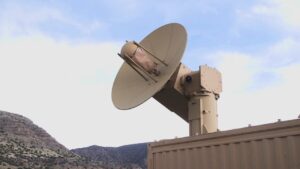
The growing threat of small drone systems to deployed U.S. and allied forces in the U.S. Central Command area of responsibility is similar to the inception of terrorist groups' use of improvised explosive devices (IEDs) in Iraq more than 15 years ago, the head of U.S. Central Command (CENTCOM) said on Feb. 8. CENTCOM Marine Gen. Kenneth McKenzie told the Middle East Insitute (MEI) during a kickoff address to the first annual MEI-CENTCOM conferene that a long-term technical concern for…














